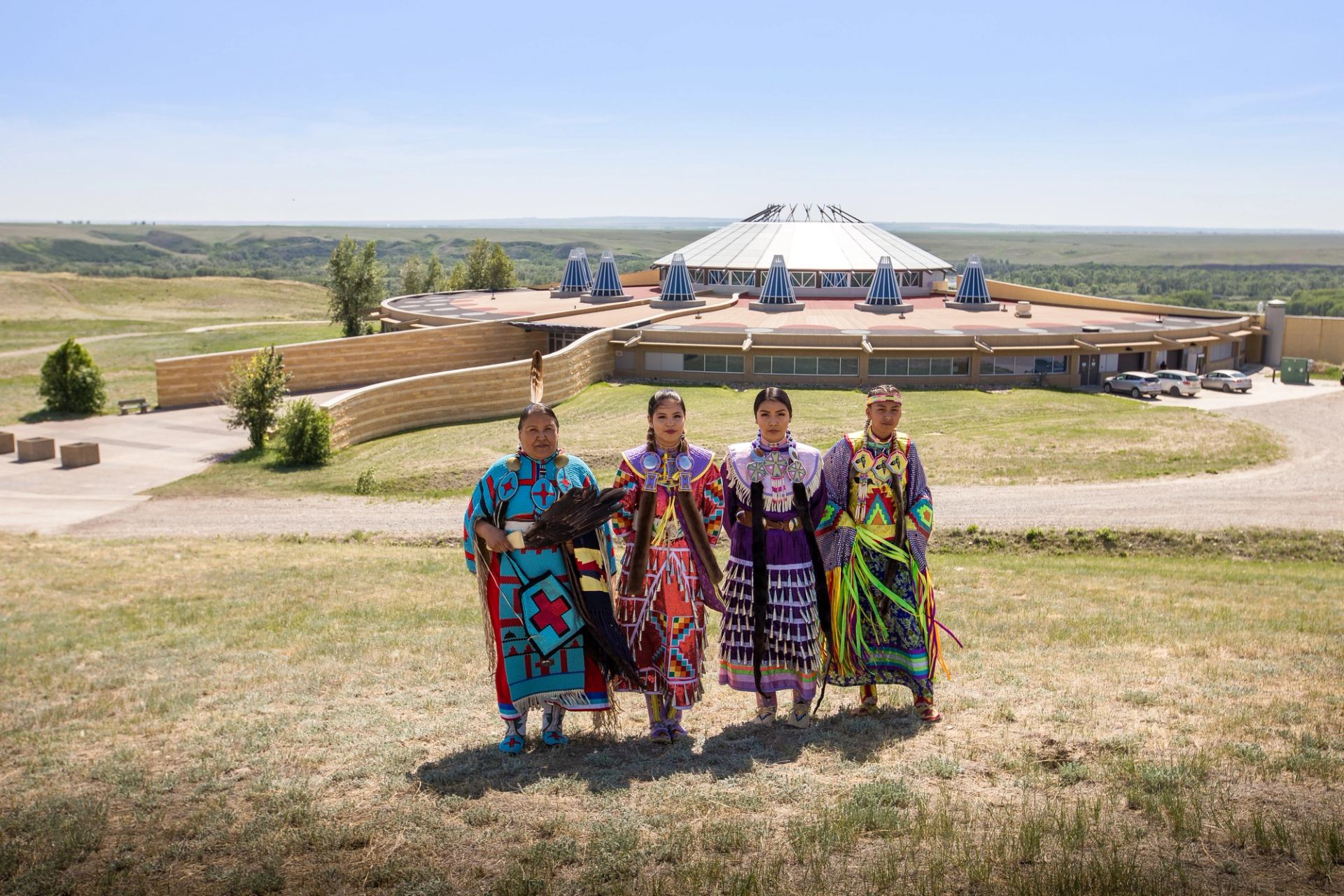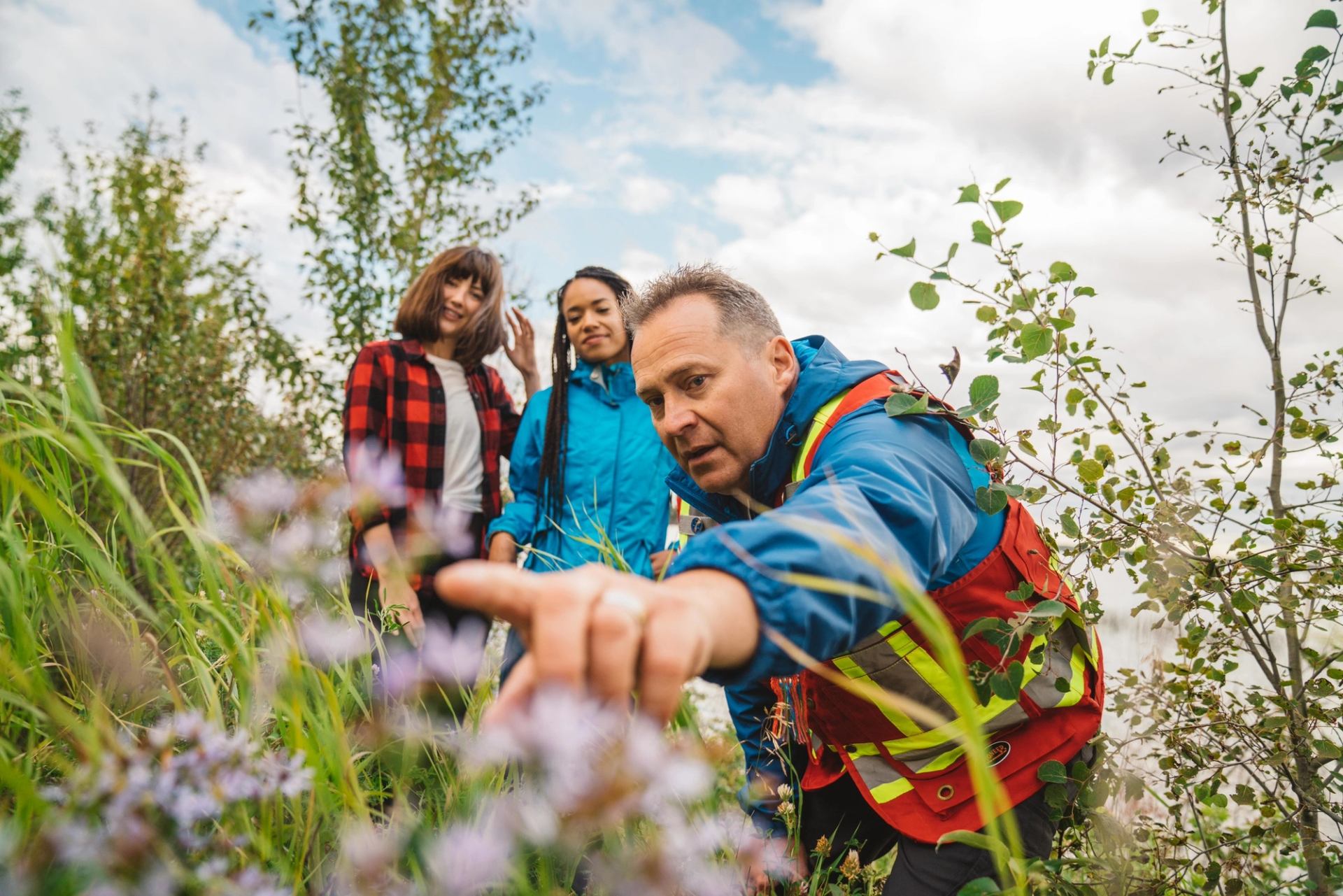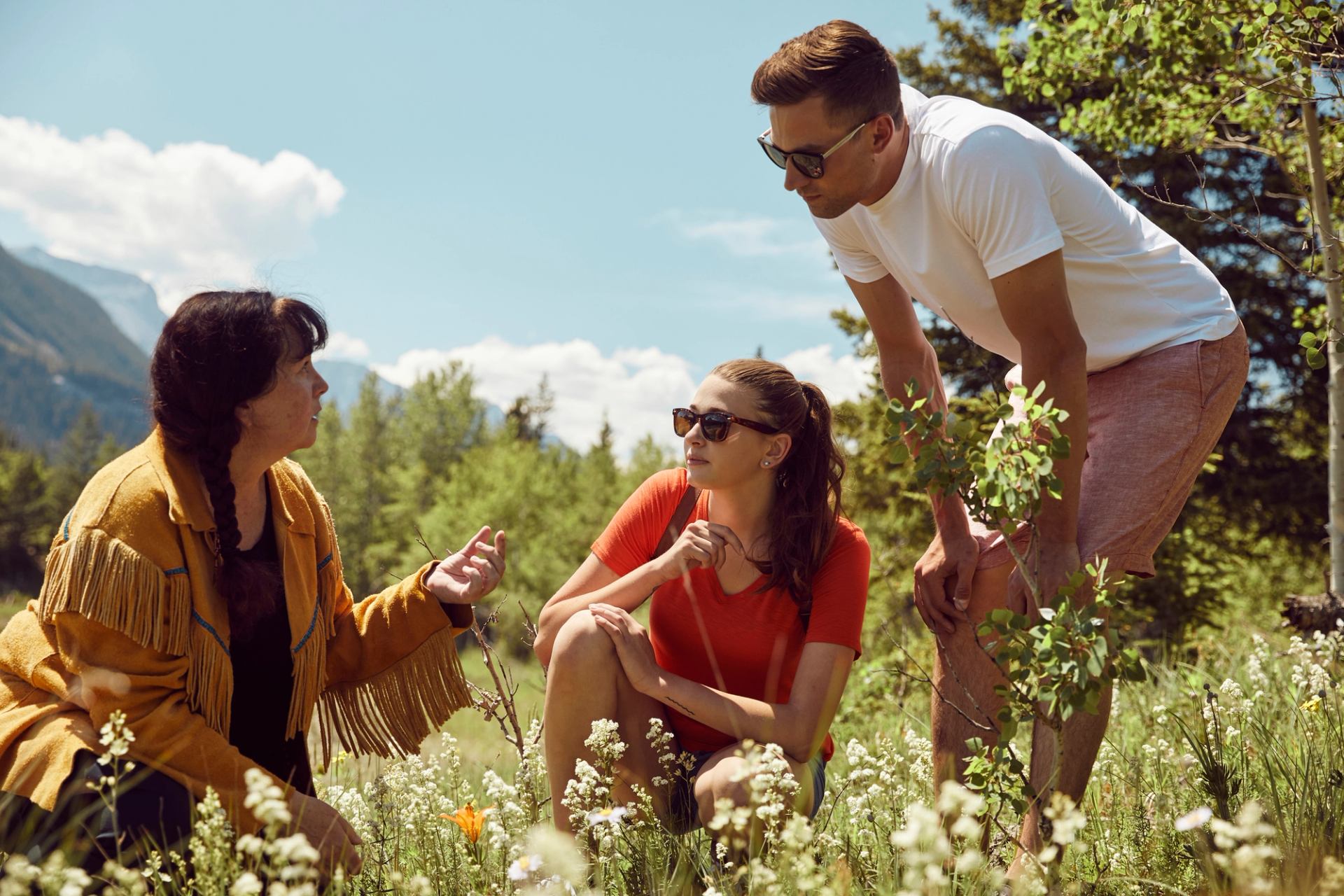The symbiotic connection between Indigenous culture and sustainability has been in existence long before "sustainability" was ever a word. Inherently, respect for Mother Earth and all entities is a characteristic Indigenous culture has taught through oral history since time immemorial.
Sustainable travel connects community, culture, conservation and commerce (otherwise known as the four C's) – and Alberta's Indigenous experiences represent all four of those pillars.
Community
Alberta is a province made up of resilient, welcoming, and diverse communities, each different from the next. When it comes to tourism – and, in this case, Indigenous tourism – supporting communities empowers locals to drive their own sustainable development while providing viable economic opportunities.
Métis Crossing is Alberta's first major Métis cultural interpretation centre and it sets the stage for Indigenous experiences, workshops, lodging, camping and events. The interpretation centre is located 110 km (68 mi) from Edmonton and pulls together some of the best parts of community including arts, culture and music, with something that every traveller needs: a place to stay.








